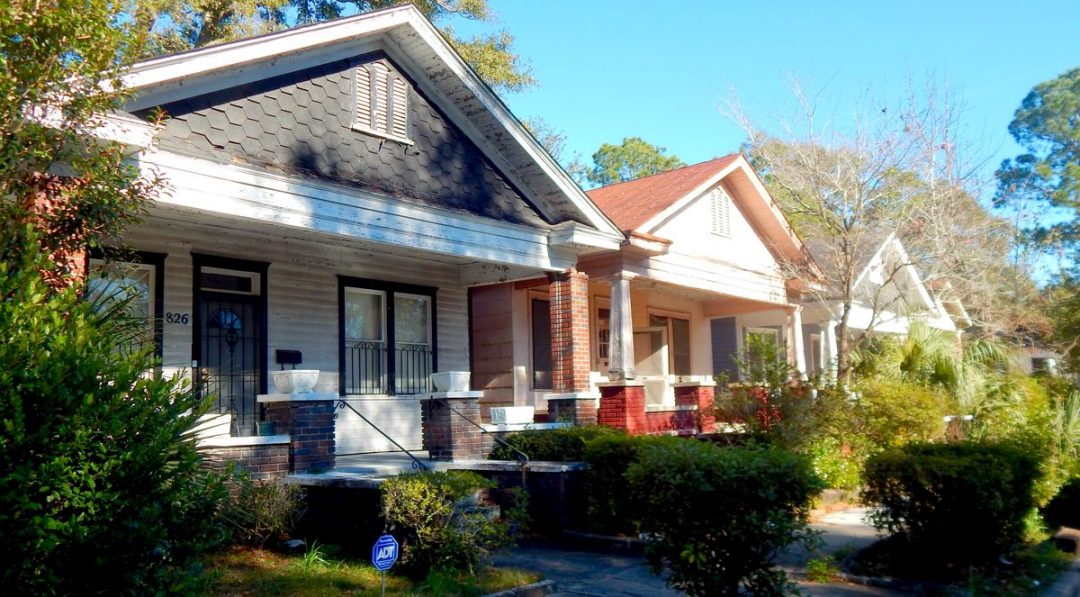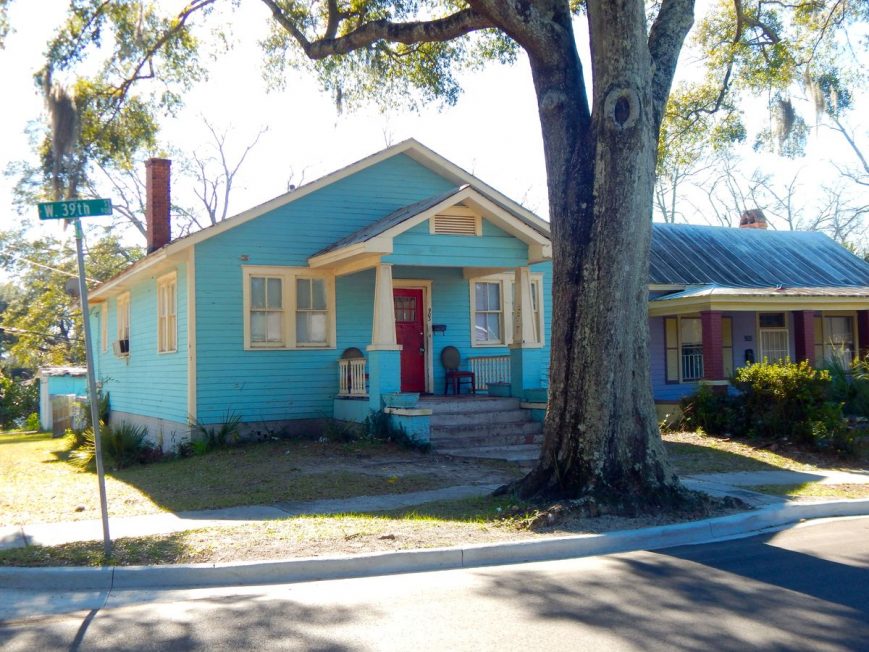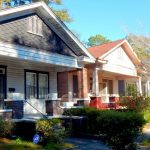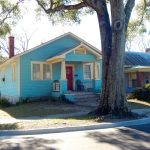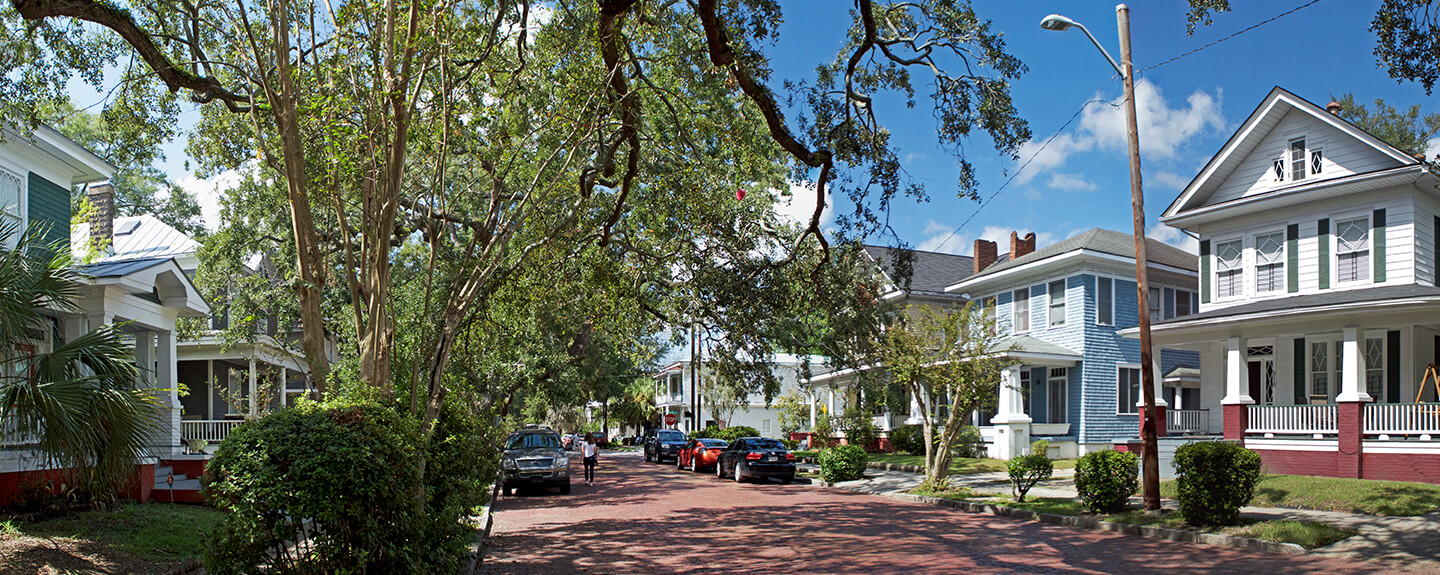
CUYLER-BROWNVILLE
As the name implies, Cuyler-Brownville is the result of two land developments, which have now grown into one community rich in history and character. The neighborhood’s heritage is the direct result of the migration of freed slaves from farms and barrier islands into Savannah following the Civil War. Cuyler-Brownville was far enough south west of Savannah that an African-American community could grow and develop here.
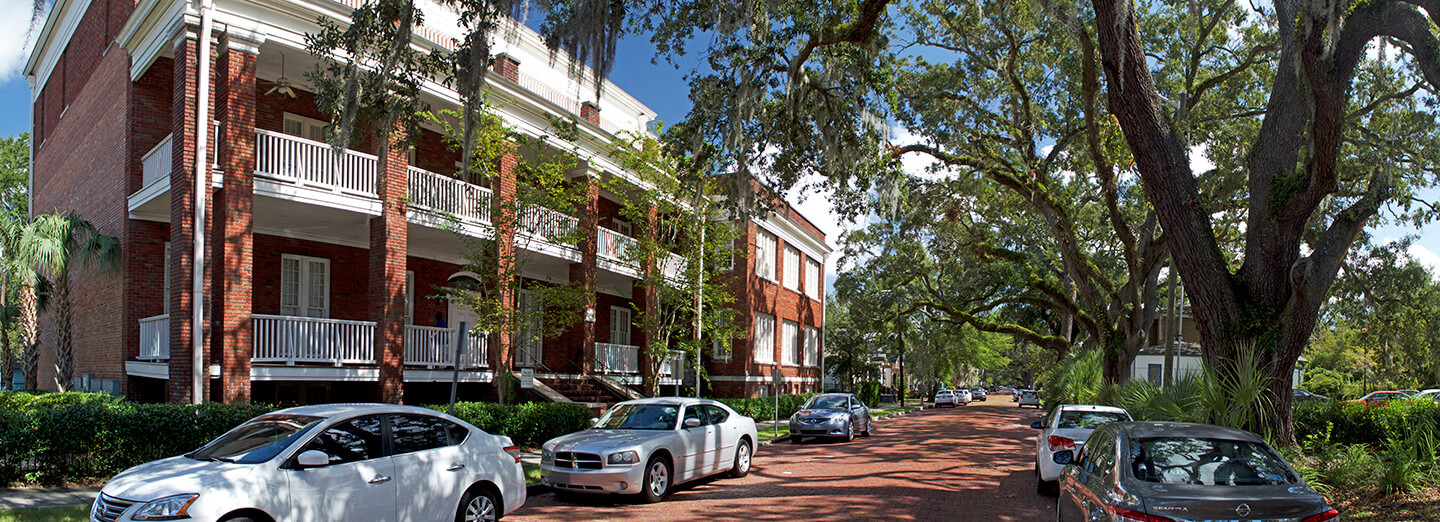
“The Cuyler-Brownville Historic District is one of the most interesting and diverse neighborhoods in Savannah”
The first area to develop was called Dillontown, which was a 100–acre tract purchased by David R. Dillion and laid out in a grid pattern with squares. The other land project was called Brownville, located between Dilliontown and Laurel Grove Cemetery. This area was purchased by Dr. Louis Falligant and also plotted on a grid pattern, but its lots were oriented to the north-south streets. Both areas were well outside the city limits of Savannah.
By 1886, the neighborhood was annexed by the City of Savannah. The squares of Dilliontown were filled with housing and subsequent new construction destroyed much of the early building stock of Cuyler-Brownville. The name Dilliontown was lost and the name Cuyler taken after the Cuyler Street School which was built in 1914.
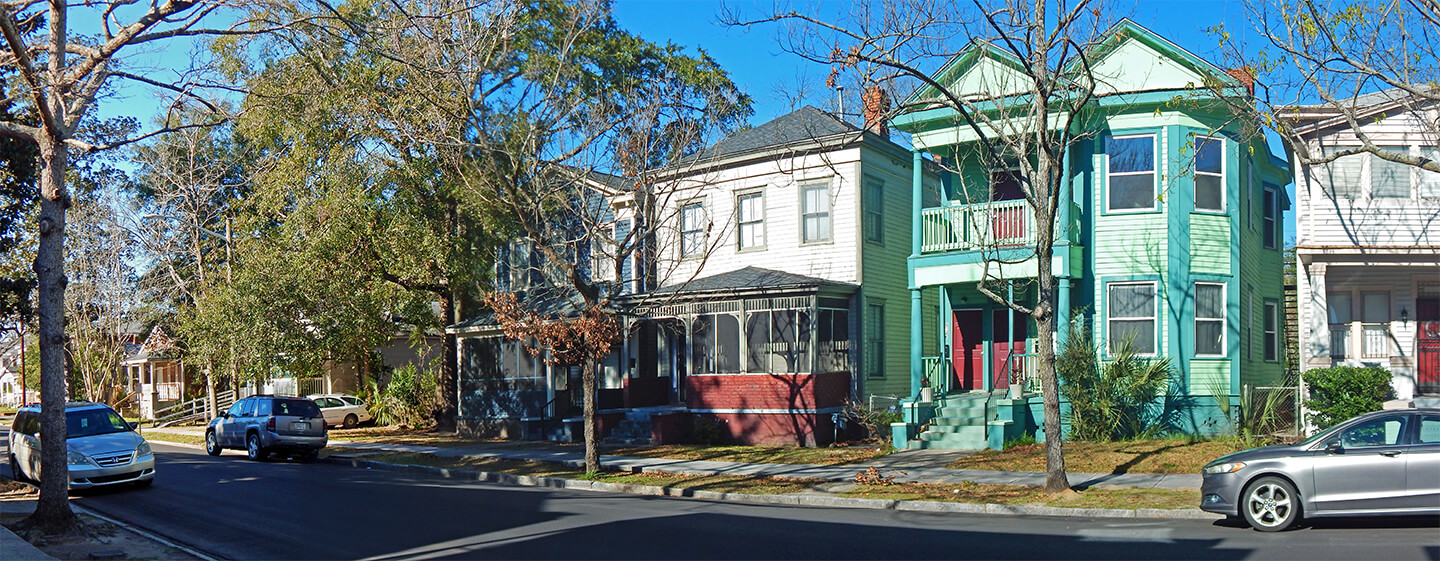
Charity Hospital is one of Savannah’s most important institutional buildings. In 1893, Cornelius and Alice McKane, black physicians from the West Indies, started the McKane Training School for Nurses and graduated their first class of nurses two years later. The McKanes moved the training school to a converted wooden house at Florance and 6th Street (renamed 36th street) and incorporated a hospital component for women and children in 1896. In 1931, having outgrown these facilities, the hospital trustees established Charity Hospital in a new two-story building on West 36th Street designed by noted Savannah architect Cletus W. Bergen. The Rosenwald Foundation, best known for its gifts to African-American schools in the South, made a donation to the new hospital along with many local donors. This building has also been recently and beautifully rehabilitated by Mercy Housing.
Residential buildings in Cuyler-Brownville vary greatly from street to street. In the northern section, the predominant buildings are one-story wooden row houses, many of which feature charming saw-cut gingerbread. 36th Street features not only a handsome brick lined street and mature live oak trees but stately two-story, four-square houses built for some of Savannah’s most prominent black citizens. The former home of the Rev. Mark Ralph Gilbert stands here. This house played host to Dr. Martin Luther King, Jr. during the Civil Rights movement. The southern section of the district features many Craftsman-style houses as well as an extremely long row of one-story (workmen’s) cottages currently under rehabilitation by Mercy Housing. Large and elegant single-family dwellings dating from the early 20th Century line 37th Street, which is significant for its landscaped median.
The current revitalization of the Cuyler-Brownville Historic District is a great testament to the hard work, dedication, and investment by Savannahians of the late 20th and 21st centuries, most importantly the late Wesley Wallace Law, renowned civil rights leader, preservationist and historian, who made his home here.
